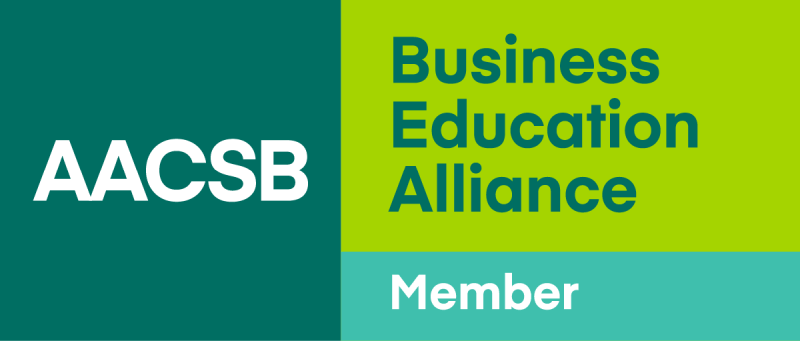Jollibee - Revolutionizing Supply Chain and Logistics with Digital Transformation
A beloved Filipino fast food chain, Jollibee, is pushing its global expansion by digitalizing its supply chain and logistics. How does this giant food chain achieve such transformation?
At a glance
Country
The Philippines
Established
1978
Founded in 1975 as an ice cream business
Revenue (Group Company)
US$ 3.73 billion
211.9 billion PH pesos in FY 2022
Countries Operating
17
with over 1,500 branches worldwide
Abstract
Jollibee, a Filipino fast-food icon, has transformed from a small ice cream shop into a global brand. Renowned for its Filipino-inspired menu and customer-centric approach, Jollibee has become a symbol of quality and innovation in the fast-food industry. Its ability to adapt to market changes and integrate technology into operations has been instrumental in achieving its global success.
This case study examines Jollibee’s strategic digital transformation of its supply chain and logistics, which enhanced efficiency, transparency, and sustainability while supporting global expansion. By adopting advanced technologies like IoT, blockchain, AI, and cloud-based platforms, Jollibee streamlined procurement, production, and logistics, achieving predictive analytics and real-time planning. Despite challenges during the COVID-19 pandemic, including temporary closures and financial setbacks, Jollibee quickly adapted through delivery services, cloud kitchens, and cost-saving measures.
All rights reserved. © 2025 Nikkei Business Lab Asia. No part of this publication may be copied, stored, or transmitted in any form. Copying or posting is an infringement of copyright.
Disclaimers:
(1) Regarding Case Study Content: This case study is based mainly on secondary data and analysis of publicly available information unless otherwise stated, and is intended solely for educational purposes. Any opinions expressed by the author(s) are designed to facilitate learning discussion and do not serve to illustrate the effectiveness of the company. Additionally, banner images and logos used in the case study are intended for visualization in an educational setting and it is not used to represent or brand the company. For any dispute regarding the content and usage of images and logos, please contact the team.
(2) Regarding University Affiliation and Titles of Authors: The university affiliation and titles of author(s) seen in the case study is based on their affiliation and title during the time of publication. It may or may not represent the current status of said author(s).
